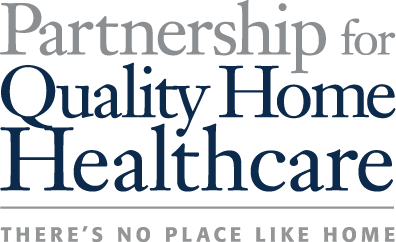September 26, 2017
Groupings Model Cuts Are Bigger Than CMS Predictions
Posted in: News
Home Health Care News
Cuts to home health care payments under the proposed Home Health Groupings Model (HHGM) are deeper than predicted by The Centers for Medicare & Medicaid Services (CMS). That’s according to ElevatingHome, which ran an analysis of home health care claims with some of its members to look at the true impact of the model. The groupings model, which was introduced in the proposed 2018 Home Health Prospective Payment System, has been met with significant opposition from the home health industry, and 49 U.S. Senators recently signed onto a letter originated by Marco Rubio (R-FL) and Bill Nelson (D-FL) urging CMS to keep the groupings model out of the 2018 proposal. While CMS predicts that the model will cut $950 million in payments in 2019, providers were surprised the cuts were likely higher under the current proposal. ElevatingHome members—37 home health care providers spread across the country and ranging in size and mission, from for-profit to non-profit—looked at their claims from July 2017 and ran them under the groupings model . Instead of the estimated 4.3% average cut in payments, as predicted by CMS in its proposal, agencies saw an average payment reduction of 17% in their analysis. “CMS says it’s 4.3% and $950 million [in cuts],” Joy Cameron, vice president for policy and innovation at ElevatingHome, told Home Health Care News. “Everyone is doing the mental math, [asking] can we sustain a 5% cut? And when they actually saw how it stratified out and the cuts on some of the type of work they do and are heavily dependent on, they were getting creamed.” The grouping model also proposes to switch the current 60-day episode of care to 30 day periods of care. In its proposal, CMS stated that 25% of home health episodes could be completed in a single, 30-day episode. However, providers found that between 36% and 37% of their July claims fell into the new 30-day limitations, despite claims that the new model would redistribute payments around patient needs. Providers could see a significant portion of their claims halved into a 30-day episode of care, further reducing their payments—even for patients currently under longer periods of care. “This is a myth [the model] was tied to the patient,” Cameron said. “A different look at the whole patient [reveals] significant disappointments.” In addition, the model is likely to reduce payment related to behavioral health services and for providers that receive more referrals from community-based sources, such as primary care physicians rather than hospitals, according to Cameron. Because the HHGM proposal was released with the 2018 prospective payment system (PPS) updated, CMS only has until November 1 to finalize the rule. For every day the finalized rule is late past Nov. 1, implementation will be pushed back in 2018, according to Cameron. As a result, it’s possible that CMS could parse out the 2019 groupings model portal from the 2018 payment reduction to ensure the rates go into effect on time in 2018. “The quickest and easiest thing for [CMS] to do is to pull out HHGM,” Cameron surmised. However, what CMS will do is still up in the air. Other industry groups have stressed to the agency that the groupings model is untested, and the industry needs time to give its input. The proposal was posted to the Federal Register in July, and the public comment period, which recently closed on September 25, garnered more than 1,300 comments. Click here to see the original article on the Home Health Care News website.
